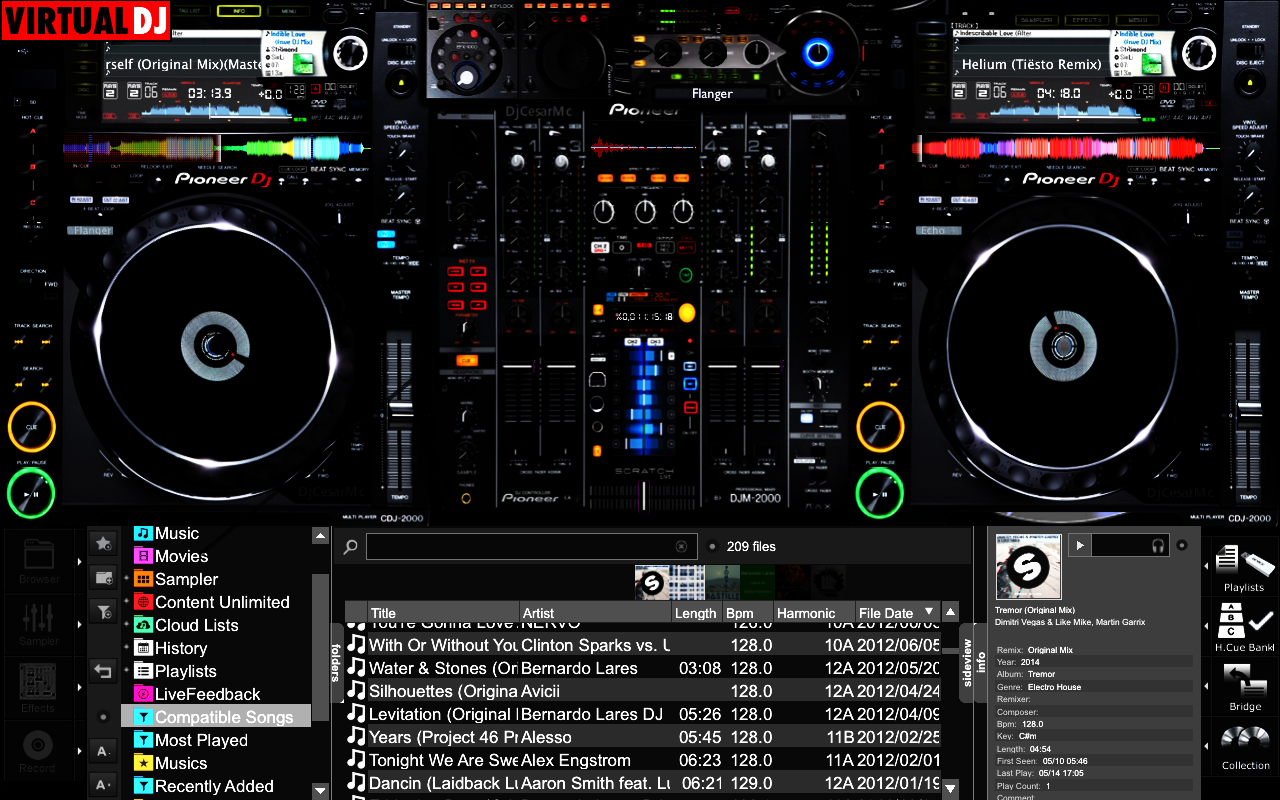
Alternatively programmatically do the same thing when the form's OnLoad method is called. To manually add the control(s) you can replicate what the designer does.Ģ) Add a private field with the fully qualified type name and the name of the field.ġ) Instantiate an instance of the type and assign to the fieldĢ) Set the control's Name and other related properties.ģ) Add the control to the parent form's Controls property.Īlternatively you can just do all this in the constructor of the form as well but I've seen issues with the designer when you do that. If they had custom designers then those will no longer work but the Properties window and whatnot should be fine. After that you should be able to see and interact with the controls as you did before.
#Download visual basic powerpacks version 10 for free
NET Core the general recommendation is to simply add the code yourself to get the control onto the form. Download free Microsoft Visual Basic Power Packs 9.30214.Visual Studio Feedback.Where Can I find the download location for visual basic power packs for free Windows.Microsoft Visual Basic 6.0 Service Pack 6 Cumulative Update.Visual Basic Powerpacks Version 10.0.0. As the Winforms Designer has been rewritten to work with.

From that point on it is entirely handled in code. Having said that, at the end of the day literally the only benefit of the toolbox is to drag and drop controls onto a form. If the controls are remotely compatible with the newer designer then they should show up in the toolbox. Unfortunately it might not show up so you might need to use the Browse button. This should add any compatible controls to the toolbox. Then go to the Toolbox, right click and select Choose Items. If you installed the library then add a reference to it in your project. MS has no intention of supporting or upgrading these controls anymore. That library is an older library and some of the controls didn't work even on previous VS versions. It is deprecated and not supported anymore. Long term you need to move away from this library. This is good for a short term solution but the designer may fail to load anyway. The design time support is the harder of the two if you want that.ģ) Don't use the toolbox (or designer), just add the control to the form manually via the InitializeComponent method. Drawing simple shapes that are clickable is pretty trivial. Your options for this unsupported library are limited.ġ) Decompile the code (I cannot find the source if it is published) and put it into your own assembly, fix the issues and use it.Ģ) You're talking about simple shapes so just create your own controls (or use a free library). It appears PP uses a custom designer and therefore won't work properly without an update. On top of that VS 2019 started migrating to the new Winforms designer which completely broke old controls.

VS 2022 was switched to 圆4 which broke a lot of legacy things.

You're not going to get this to work properly most likely.


 0 kommentar(er)
0 kommentar(er)
